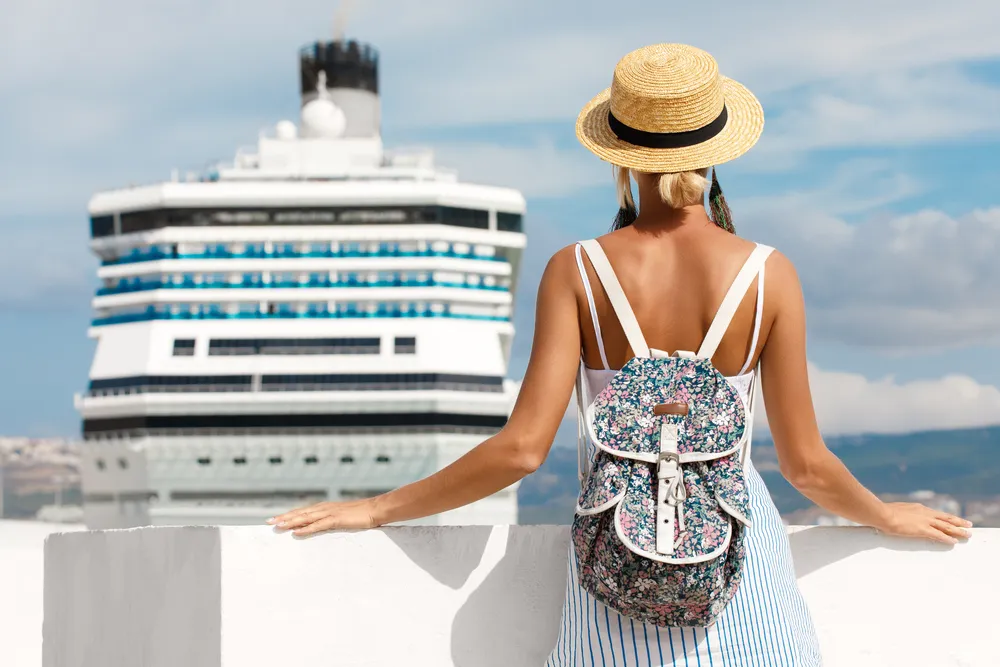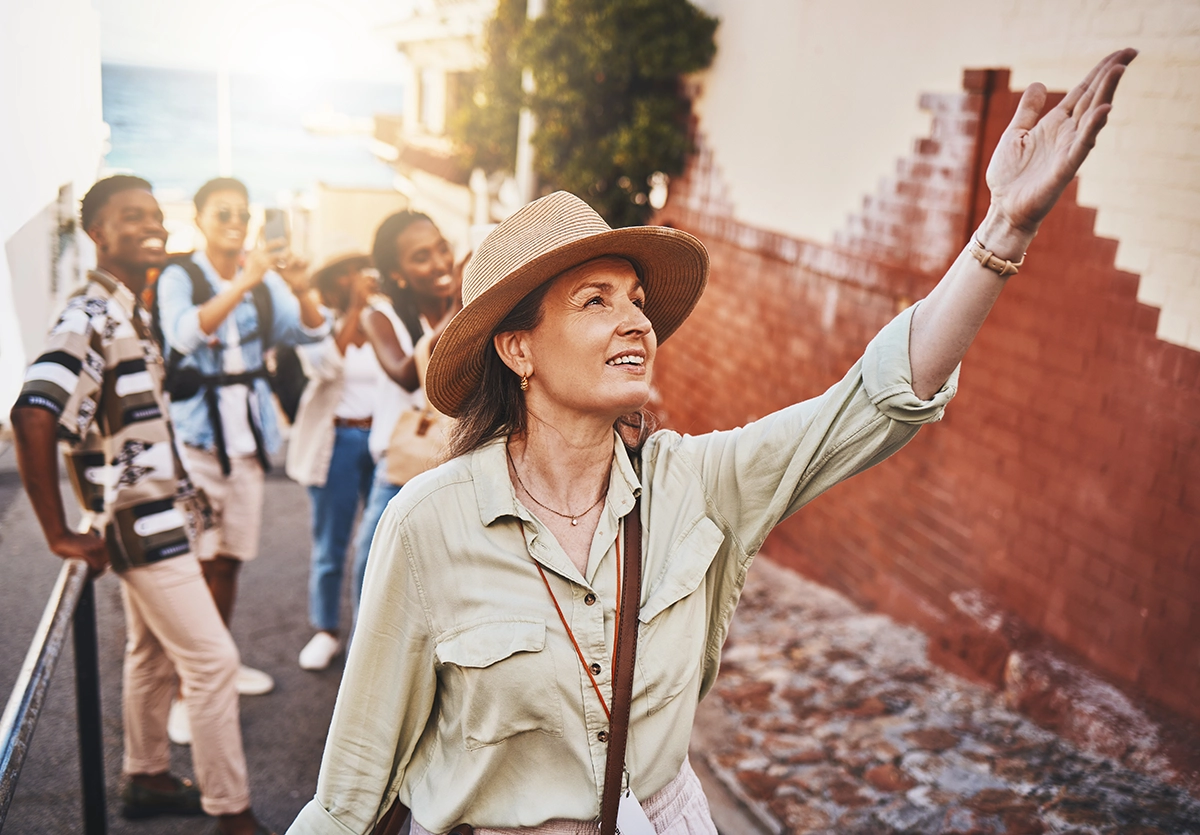Visit Niagara Falls, Ontario
Discover the best activities and accommodations in Niagara Falls, Ontario
Most Popular Hotels
Discover the best hotel experience. Review properties cleanliness, amenities and more. AAA brings you the best hotels in the city.
Learn MoreMost Popular Restaurants
Discover an exceptional dining experience. Choose from a wide range of culinary options tailored to your taste and budget. Whether you're seeking authentic Italian pasta or spicy Thai street food, options abound.
Learn MoreMost Popular Things To Do
Discover and book unforgettable activities and tours. Your gateway to a world of art & culture, outdoor adventures, culinary delights and iconic landmarks.
Learn MoreMost Popular Road Trips
Explore the open road with Road Trips and Drive Trips, your ultimate guides to unforgettable journeys. Discover handpicked hotels, must-see attractions and iconic landmarks recommended by AAA experts for a seamless adventure from start to finish.
Learn MoreMost Popular Campgrounds
Your next adventure awaits. Find campgrounds, campsites and RV sites across the US. Your ideal spot is only a click away.
Learn MoreCruise Deals
Your Next Great Voyage Awaits
AAA has partnered with the top cruise lines in the industry to give you exclusive AAA member benefits on cruise and river cruise bookings. Get ready to set sail!

Vacation Packages & Tours
Discover Your Dream Vacation
Book a guided or independent trip with AAA Vacations®. Enjoy exciting vacation itineraries and experiences that you can’t find anywhere else.

Travel Tips & Inspiration
AAA Travel Inspiration, Destination Information and More
Be inspired by articles and videos from AAA Travel experts, offering insights on top destinations, recommendations and travel tips for your upcoming getaway.

Travel Like an Expert with AAA and Trip Canvas
Get Ideas from the Pros
As one of the largest travel agencies in North America, we have a wealth of recommendations to share! Browse our articles and videos for inspiration, or dive right in with preplanned AAA Road Trips, cruises and vacation tours.
Build and Research Your Options
Save and organize every aspect of your trip including cruises, hotels, activities, transportation and more. Book hotels confidently using our AAA Diamond Designations and verified reviews.
Book Everything in One Place
From cruises to day tours, buy all parts of your vacation in one transaction, or work with our nationwide network of AAA Travel Agents to secure the trip of your dreams!